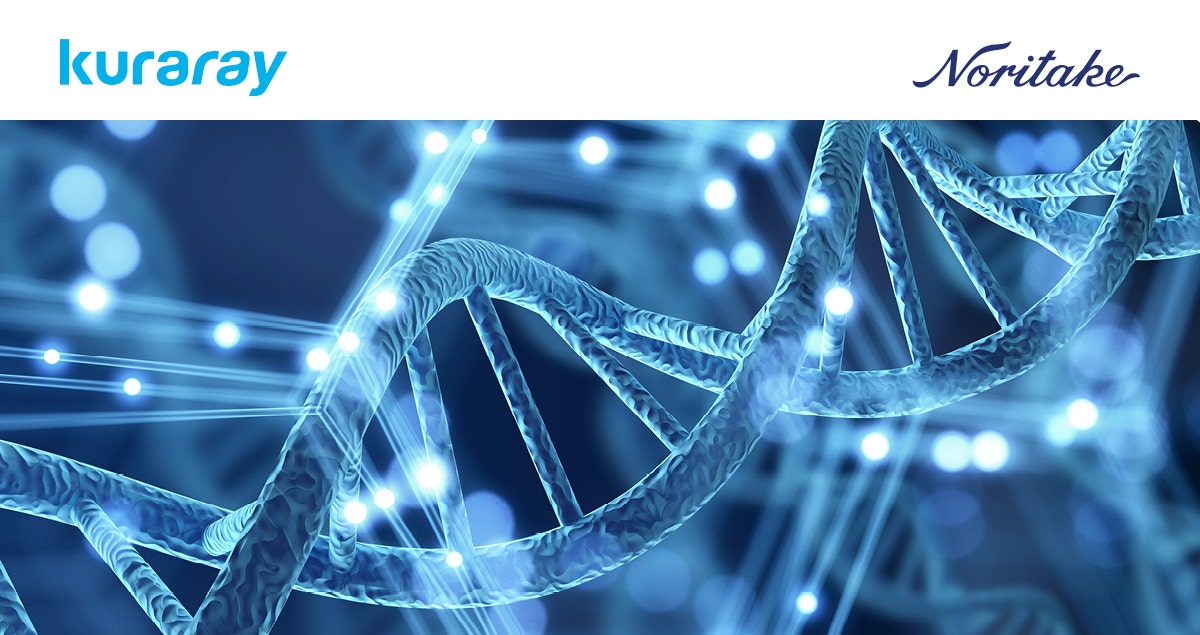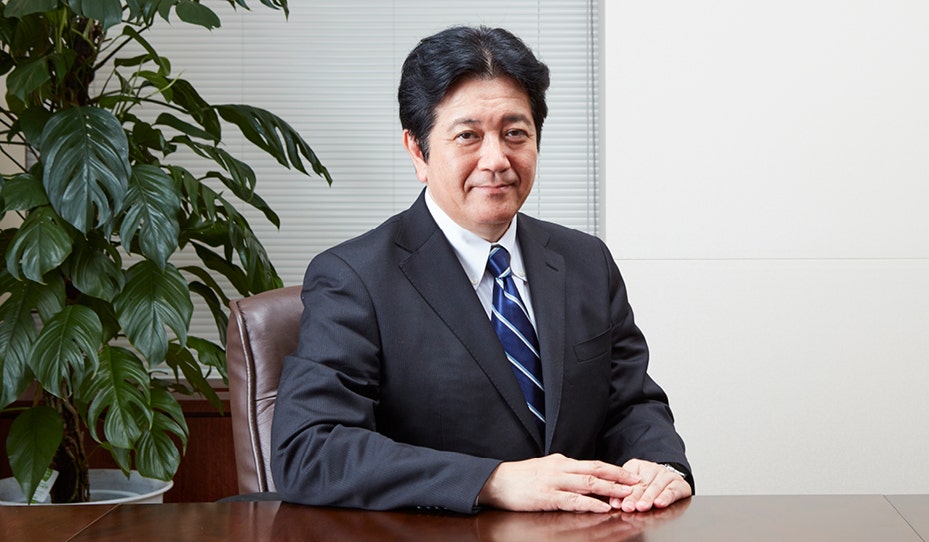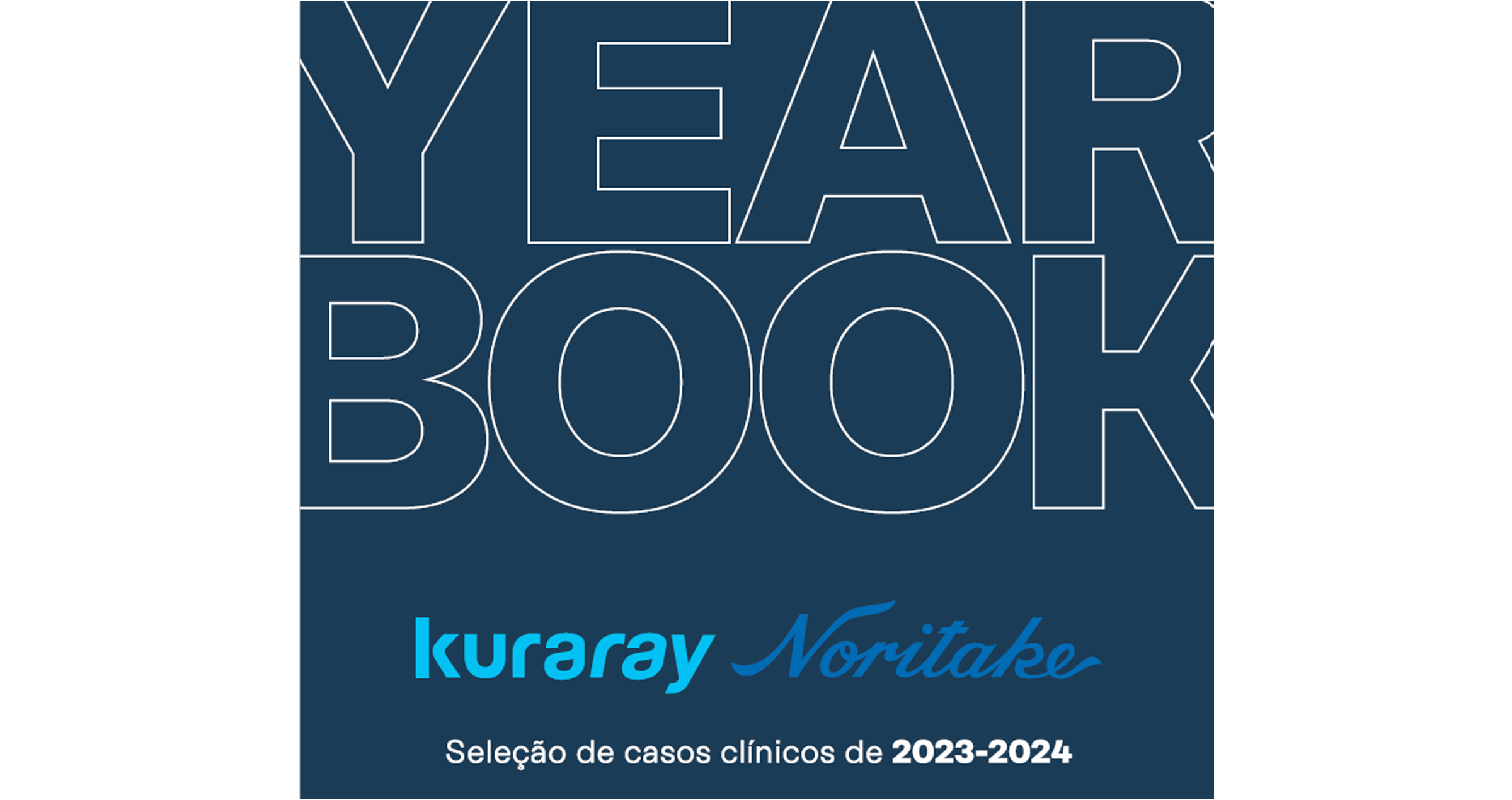
Our DNA as a Key Success Factor in the Past, Present and Future
- A commemoration of the company’s 10th anniversary -
Kiyoyuki Arikawa
After graduating from Kyushu University Faculty of Agriculture, Mr. Kiyoyuki Arikawa joined Kuraray. He has been involved in the dental materials business since joining the company, and this year marks his 38th anniversary.
Initially, he led the planning and development of products from the head office, and has won Kuraray's Merit Award for three products, including CLEARFILTM SE Bond. In addition, since 2006, he has managed the dental materials business as General Manager of each subsidiary in Europe and the United States.
After that, he returned to Japan and served as president of Kuraray Noritake Dental from 2014 to 2020. Currently, he has handed over the president to his junior and is working as CTO.

In the early 1980s, shortly after Kuraray entered the dental materials market, Noboru Makino, then Director of the Mitsubishi Research Institute, a major think tank in Japan, made a sensational announcement. He said: "The denture industry will overtake the automobile industry with the advent of an aging society." Many companies, including leaders in the chemical industry that were more or less involved with dental materials, paid attention to this announcement and joined the dental materials market in Japan, one after another.
Now that 40 years have passed since Mr. Makino predicted this thriving dental materials business, we notice that the patient's perception of dentures and the structure of the dental materials market have changed dramatically. First, as the population’s average age gets higher, patients no longer simply accept that inevitably they will end up using dentures. They want to use their own teeth, retaining their natural teeth as long as possible. This has led to an increased demand for implants and resin restorations. Furthermore, patients also began demanding more esthetic effects from their dental treatment and the dental materials market shifted its focus to the more esthetic aspects of adhesion-based dentistry and the development of new types of dental materials, such as those used for the fabrication and bonding of all-ceramic restorations. In parallel, with rapid advances in digital technology, it has become possible to fabricate made-to-order restorations using CAD/CAM systems, instead of using the metal casting method. Under these circumstances, new types of materials, such as zirconia suitable for the fabrication of restorations using CAD/CAM systems, were created to meet the esthetic drive-in dentistry.
This sequence of events illustrates that new technologies are fusing with existing market forces to create new markets based on shifting patient needs, suggesting that the winner in the market will be the company that quickly identifies user needs, creates new technologies, and meets those users' needs. In other words, both Kuraray and Noritake have formed new markets as a result of their earnest efforts to address and solve the problems users have presented to them. In fact, after Kuraray Medical merged with Noritake Dental Supply, I concluded that one thing the two companies had in common was the attitude of taking good care of their products’ users. We all understood their manner of use and the circumstances in which they used the products. We were all making all-out efforts to solve users' problems both before and after the marketing of products. Our determination to stand at the users’ sides and resolve any problems they have with our products as quickly and completely as possible seemed to me to differentiate our approaches from others.
The spread of the novel coronavirus, which caused a global pandemic, has drastically changed patients’ values as related to dental treatment. In the U.S., demand for chair-side zirconia blocks increased as a way to reduce the number of clinic visits, and there was a shift to more expensive treatment options, which was also seen during the Lehman Shock. Therefore, the preference for same-day treatment may become a major trend in dental treatment in the future. In addition, there are many other signs of changing patient needs, such as the widespread use of remote treatment and the rise of ethical consumption in support of sustainability.
In order for us to make further progress and continue to grow for another 20 or 30 years, we have to identify user needs correctly and in a timely manner, and continue to retain these same shared values held by Kuraray and Noritake, embodied in the statement: "We are determined to satisfy user needs”. That is, we need to root our ‘DNA’ within the company’s longstanding body of values, and retain our eternal enthusiasm for developing new markets. I think these ‘genes’ will be indispensable to our future growth.
- 20 de out. de 2022






